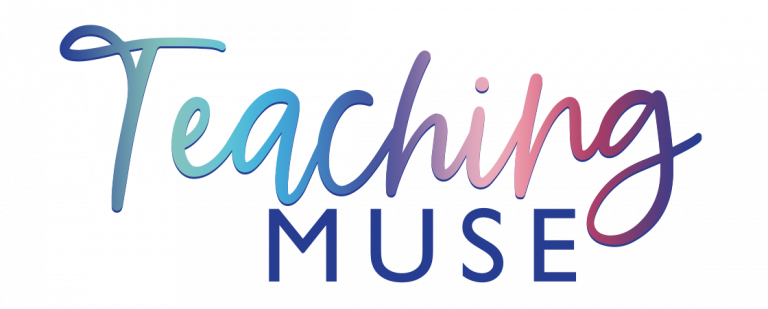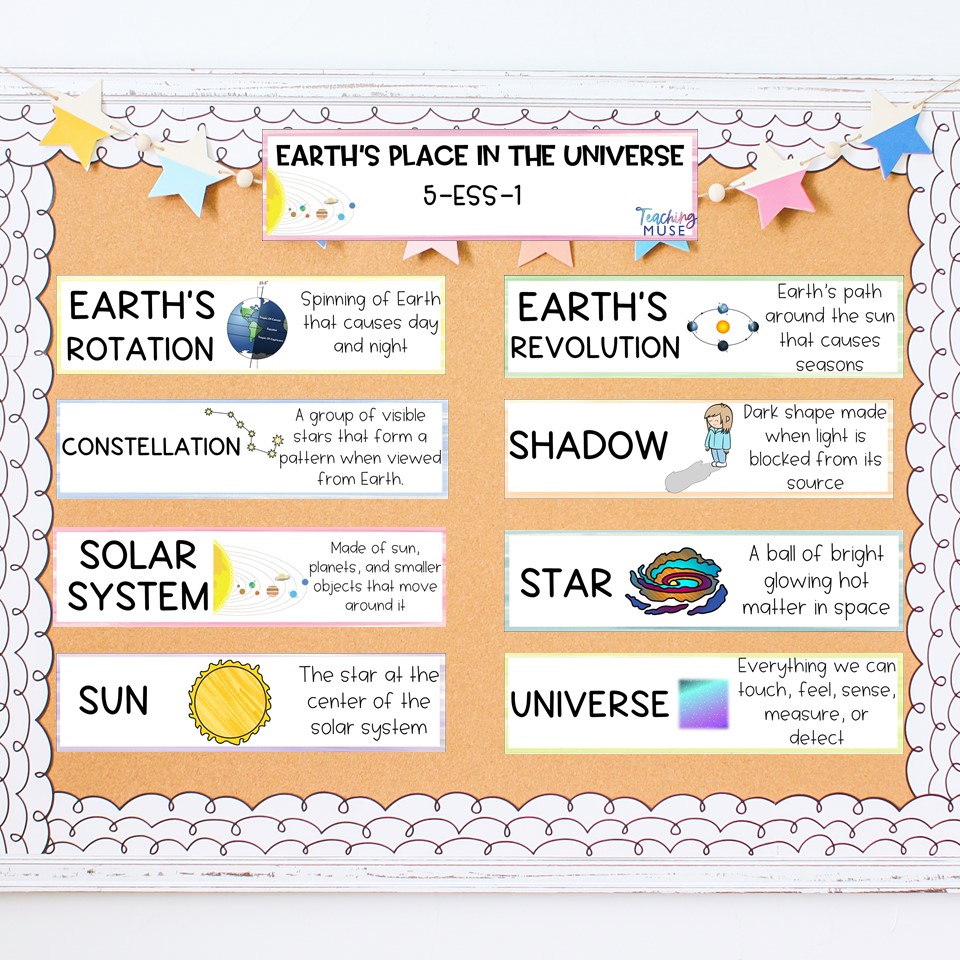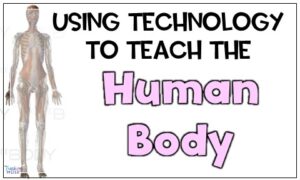Science class can be filled with daunting vocabulary terms that are difficult to pronounce and even harder to determine their meaning. However, learning science vocabulary can help students better comprehend topics and build background knowledge. Read to learn four strategies you can use to teach science vocabulary in your classroom.
Four strategies to teach science vocabulary
Teach prefix, root, and suffixes
Teaching science students vocabulary terms such as photosynthesis, hypothesis, and bacteria can be tricky. While these lengthy terms can initially cause confusion and be difficult to pronounce, teaching students science vocabulary means teaching them how words are formed and how certain prefixes, roots, or suffixes have meaning will help students break down vocabulary terms and develop a better understanding.
For example, the term
photosynthesis.
Telling students that the prefix photo- means light will break the word into segments to pronounce it and have some knowledge of its meaning just through learning the prefix.
Another example is the term:
herbivore.
Students often confuse carnivore, herbivore, and omnivore. However, knowing the prefix of the different terms and teaching students that herb- means “plant” will allow students to realize that a herbivore is an animal that eats plants.
Finally, looking at the term
chlorophyll
chloro- means green
-phyll means plant
Now students will understand that chlorophyll means green plant.
Immersing students in vocabulary is another strategy that you can use to teach science vocabulary.
For example, you can set up a word wall like this:
- in alphabetical order or by topic.
- Include the science vocabulary term, an image, and a definition.
- Set up as a year-long bulletin board.
Why use word walls?
- Support the teaching of keywords and subject-specific terminology.
- Promote independence in reading and writing by building vocabulary.
- Provide visual clues and references for language learners.
- Help students remember connections between words and concepts.
When taking notes, adding a doodle or a sketch can help your brain retain the information as you incorporate written words and images.
Adding sketches to your science vocabulary instruction is another strategy students can use to build on their skills.
There are several ways you can incorporate drawing into your vocabulary instructions:
- On your vocabulary terms sheet, include a column that leaves space for students to sketch. For example, they can choose to sketch an image that determines the meaning of the word or something that will help them remember the vocabulary term.
- When teaching a science topic, have students draw an image or scene that depicts a few of their vocabulary terms. Underneath their drawing, they can include a caption that explains the drawing and includes definitions.
- Using technology? Have students find a meme or gif that represents the vocabulary term.
- Have students use Google images to locate pictures that remind them of the vocabulary term. Students need to explain the connection between the image and the term.
When students encounter science text in your classroom, context clues can help them determine the meaning of unknown science vocabulary terms. In addition, teaching students to use clues surrounding the unknown term can help students increase their comprehension by determining the meaning.
Literacy skills are important, even in science class. These skills help students become better readers and can comprehend more information. Read more about how I embed literacy skills in my classroom lessons here.
Students reading the digital slide above may not know what the term “organisms” means. However, from reading further, they can determine that an example of an organism is a plant. As they continue reading in the following sentence, students can connect that algae, fungi, microscopic life, and digging animals are also organisms. Therefore, from this passage, students can conclude that organisms are living things.
There are many ways that students can review vocabulary terms. One way that I find to be effective is using Quizlet. Quizlet is a free online program that allows you to input vocabulary terms, use their definition, write your own, and include an image. Students can play various review games to help them study and remember the terms.
In my classroom, I have a Quizlet created for each unit. Students have access to the Quizlet for the entire unit. They can earn extra credit for review or if they beat my time in a game. If I am unexpectedly out, Quizlet can also be used as sub plans.
To review for an upcoming test, students can play Quizlet Live. This game puts them in random groups where they’ll need to work together to win the game.







